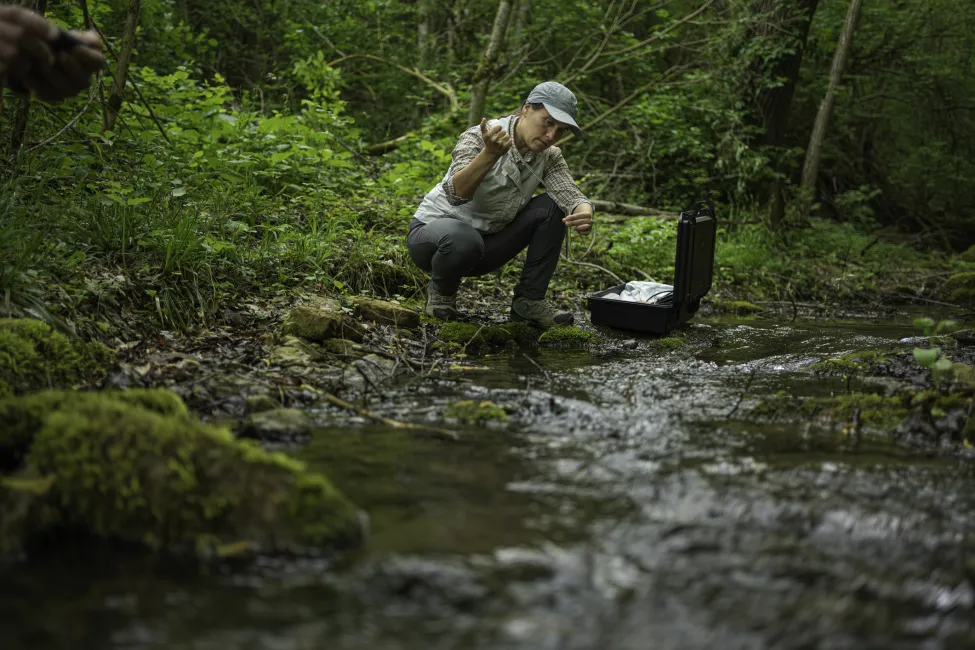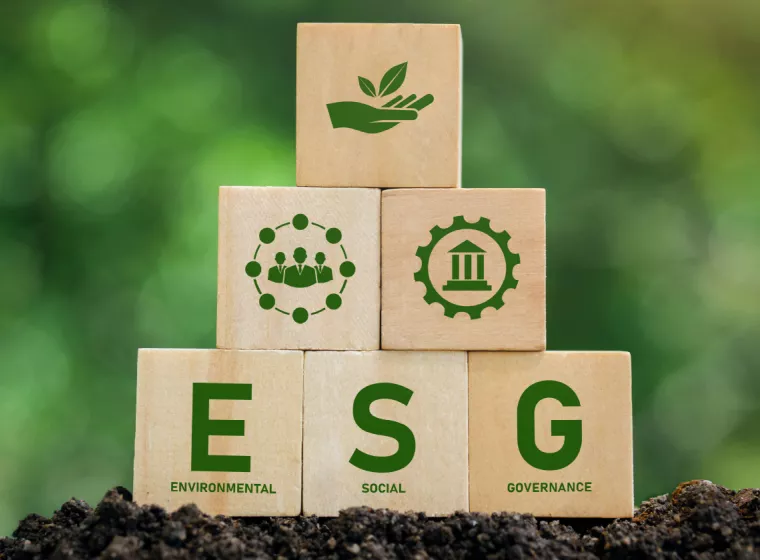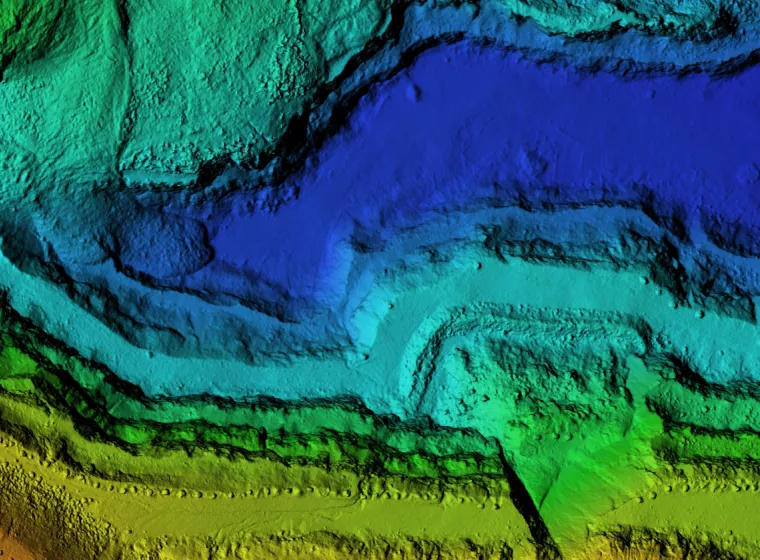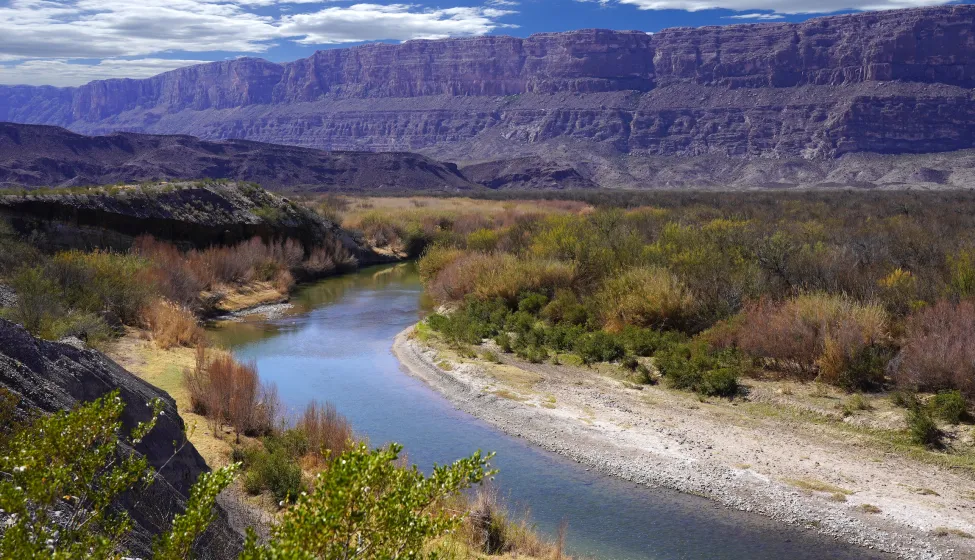November 26, 2025
Key Takeaways
- ISO 17298 introduces a global framework that helps organizations identify ecosystem dependencies, assess impacts, and integrate biodiversity into operations and risk management.
- The standard builds on past frameworks by defining biodiversity from a functional perspective and by promoting a double materiality approach, guiding businesses to consider both their impact on nature and the risks that nature poses to their operations.
- Successful implementation requires scientific expertise to ensure biodiversity metrics are accurate and interpretations are credible, avoiding greenwashing.
How can businesses work with the newly developed standard to improve biodiversity?
As regulatory expectations for environmental, social, and governance (ESG) disclosures shift across key markets, many organizations are reevaluating how to position their sustainability strategies. While some jurisdictions are softening or delaying mandatory ESG reporting rules, the fundamental environmental pressures — climate instability, habitat degradation, and loss of ecosystem services — continue to accelerate.
In this context, measuring and managing nature-related impacts and dependencies is emerging as a critical element of long-term business resilience, regardless of how compliance requirements evolve. Biodiversity underpins supply chains, resource security, and community stability; it is not merely an externality, but a foundation for value creation. Yet compared to carbon or energy metrics, biodiversity remains inconsistently assessed and poorly integrated into corporate decision making. Global standards to assist businesses in identifying and managing these dependencies have been lacking — until now.
Enter the newly developed ISO 17298: "Biodiversity — Considering biodiversity in the strategy and operations of organizations — Requirements and guidelines." The new standard offers a structured, globally recognized framework to close this gap. Developed by experts from more than 60 countries, ISO 17298 acts as an operational standard. It helps organizations identify their direct and indirect dependencies on ecosystems, evaluate potential impacts, integrate findings into strategy and risk management, and demonstrate credible action to stakeholders.
When used in conjunction with established environmental management systems such as ISO 14001, it creates a coherent approach that connects corporate sustainability efforts with measurable action in practice. Moreover, this new standard provides businesses with a powerful tool to align with the Taskforce on Nature-Related Financial Disclosure's (TNFD's) goal for redirecting global financial flows away from outcomes that harm nature and for achieving Target 15 of the Kunming-Montreal Global Biodiversity Framework, which addresses the need for companies and financial institutions to monitor, assess, and transparently disclose their risks, dependencies, and impacts on biodiversity.
In theory, businesses should be able to follow the standard's requirements and develop a biodiversity strategy that is credible to both investors and regulatory bodies.
How does ISO 17298 work?
For the standard to be a universal indicator of sustainable business practices, implementation must be driven by the best available science. The standard boils down to a set of questions that a business must ask itself:
- What ecosystem services does the business depend on for business-as-usual as well as future growth? (Section 6.2)
- Who are the stakeholders with an interest in reducing business impacts to ecosystem services (e.g., investors, distributors, consumers, and regulating bodies)? (Section 4.3)
- What is the geographic span and scale of those dependencies? (Section 6.2 and 6.3)
- How severe, frequent, likely, lasting, and reversible are current impacts to ecosystem services? (Section 6.3)
- What are the risks — both acute and chronic — of continued impacts? (Section 6.4)
- What are economic opportunities from reducing impacts? (Section 6.4)
Fundamentally, this is a mapping exercise: businesses can map out their operations and value chains, connect dependencies between ecosystem services and business components, better understand current and potential risks to those dependencies based on known impacts, and develop a plan to reduce those impacts and mitigate risks. Instead of focusing on the risk of business to nature, this new standard clearly pushes businesses to also identify risks from nature (i.e., double materiality).
In theory, businesses should be able to follow the standard's requirements and develop a biodiversity strategy that is credible to both investors and regulatory bodies. However, scientifically meaningful, responsible, and consistent implementation of this standard requires consultation with scientists who understand the nuances of biodiversity metrics and the reticulated web of biological processes that underlie ecosystem services. For example, a timber company might note dependencies on tree growth and tree species diversity. Yet the same company must also focus on all the supporting processes (e.g., pollination, wind dispersal of seeds, decomposition, and soil formation).

Interpreting biodiversity
Like most environmental guidance, this standard is predominantly structured as guardrails and goalposts while leaving the details of the path open for substantial interpretation. For example, the standard tends to apply an inexact and polysemantic use of the term "biodiversity" that hinges on the definition adopted at the United Nations Environment Program's 1992 Convention on Biological Diversity:
"Biological diversity" means the variability among living organisms from all sources including, inter alia, terrestrial, marine and other aquatic ecosystems and the ecological complexes of which they are part; this includes diversity within species, between species and of ecosystems.
In principle, the broadness of this definition affords businesses the conceptual space to consider all possible ways that their activities influence nature. In practice, accurately depicting biodiversity in this conceptual space can be challenging, even for trained environmental scientists. The standard calls for biodiversity to be measured as a combination of ecological indicators, but there is no explicit guidance on what metrics are most appropriate for which environmental context. The TNFD's LEAP framework provides some boundaries for what types of metrics are acceptable. However, poor selection of metrics — even within those boundaries — can lead to scientific scrutiny and potential accusations of greenwashing.
The standard adds a further layer of complexity to the process by explicitly noting that biodiversity should be considered primarily in the context of how it influences ecological function (i.e., the rate at which energy and nutrients are moved through the system) and ecosystem services (i.e., the ecosystem processes that are useful for humans). They aren't a one-to-one correlation. The relationship between biodiversity and how ecosystems function has been a topic of intense scientific debate for more than 30 years. Adding biodiversity does not always increase function; the actual effects of biodiversity on ecosystem function and services depend on environmental context (e.g., geographic region, local and regional weather patterns, land use, frequency of habitat disturbance, etc.). Indeed, this shift toward a focus on the relationship between biodiversity and ecosystems — and away from a narrower focus only on biodiversity — is what makes this standard useful and meaningful to the scientific community. But implementation of the standard requires the expertise of scientists who understand the nuances of this relationship.
Benefiting business and the planet
Adhering to this new ISO standard in a way that is both beneficial to the planet and businesses will require input from both strategy experts and environmental scientists. It means that businesses will need to simultaneously map stakeholders and ecosystem services that are relevant to revenue. Businesses can leverage the expertise of ecologists and other environmental scientists to improve the language, breadth, and relevance of existing strategy statements. Risk managers can bring environmental experts into the planning process to help identify pain points, develop what-if scenarios, and explore how to translate risks into opportunities.
In the coming years, it is reasonable to expect shareholders and other stakeholders across value chains to request compliance. After all, the whole point of the exercise is to disclose and mitigate business risks to and from the environment. While short-term business growth can — and often does — happen at the expense of our environment, long-term stability requires evaluating all business-essential assets. In this sense, ecosystem services — and the biodiversity underpinning those services — cannot be ignored.
What Can We Help You Solve?
Exponent's environmental scientists and engineers have extensive experience conducting environmental impact assessments, supply chain evaluations, carbon footprint reporting, water use analyses, ESG audits, and more. Our ecological and biological scientists help clients perform lifecycle analyses, develop environmental risk management frameworks, and implement biodiversity monitoring and measurement strategies.

Sustainability
Meet changing sustainability regulations with rigorous science and experienced consulting services.

Modeling & Analysis
Experienced environmental analysis and data modeling for a range of complex environmental challenges.

Natural Resource Damage Assessment
Multidisciplinary natural resource damage assessments (NRDAs) to support navigating complex interactions with federal, state, and tribal trustees.
![[EBS] Ecological & Biological Sciences - Environmental Risk Assessment - grey heron grazing in fresh water](/sites/default/files/styles/cards_home_card/public/media/images/grey-heron-2022-01-04-23-54-37-utc%281%29_0.jpg.webp?itok=5EB0lXjA)
Environmental Risk Assessment
Risk assessments for legacy spills and contamination, potential project and product impacts, and environmental remediation support.

Environmental Permitting
Extensive support for compliance with local, state, and federal permitting requirements.

Ecological & Biological Sciences
Assess biological and ecological impacts for challenging environmental projects.




